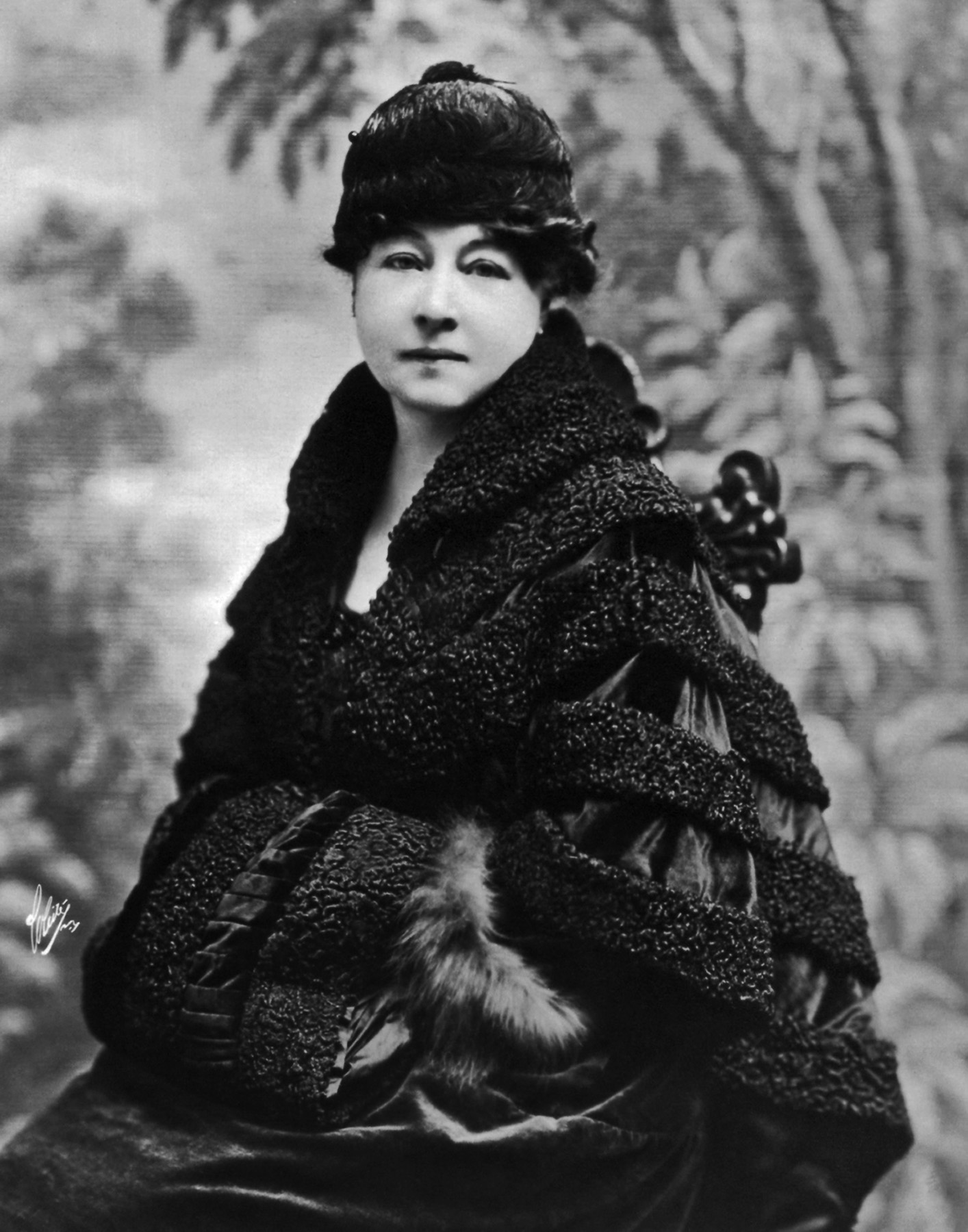
- Industry
Alice Guy-Blaché, the First Woman Film Director
In Victorian-era Paris, Alice Guy, a 22-year-old stenographer/typist, began working at a camera manufacturing/photography supply company which became Gaumont et Cie, which in turn became a major force in France’s early motion picture industry. This led to her pioneering career in filmmaking that spanned 24 years in which she directed, produced, and/or wrote over a thousand films, 22 of which were feature-length. She was the first woman to run a movie studio, and yet, she is almost unknown today.
The Lumière Brothers had won the race to crack the method of film projection which brought moving pictures to the masses, but the movies were boring (employees leaving a manufacturing plant or people disembarking from a train). Young Guy thought they should tell stories and got permission from her boss, Gaumont, to try her hand at it, as long as it didn’t interfere with her secretarial duties.
Her first film in 1896 was a short fairy tale about babies being found in a cabbage patch, which had a narrative story, a complex theatrical set, costumes, and actors. In this silent era, she produced 150 sound films with singers and dance performances by synchronizing screen images and sound with Gaumont’s Chronophone system — this was decades before The Jazz Singer in 1927. She experimented with special effects (double-exposure, masking techniques), color (by hand-tinting black & white film), advanced lighting, location shoots, and camera movement, including the first close-ups and reaction shots. She mentored filmmakers in the fledgling movie industry, and by age 32, was running the studio at Gaumont as Head of Production.
Her groundbreaking 1906 The Life of Christ was a big-budget epic for that time, with 300 extras. It told the story through the viewpoint of several women and used multiple reels stitched together.
Guy married Herbert Blaché in 1907. He was appointed Production Manager for Gaumont in the U.S., so the couple moved to New York, later striking out on their own in 1910 to form the Solax Company, the largest studio in pre-Hollywood America, and the only one to be owned by a woman. (To put this in perspective, this was seven years before women were allowed to vote.)
Solax soon became so successful that Guy-Blaché started a new, more technologically advanced studio in Fort Lee, New Jersey. She was the artistic director and directed many of its releases. She made war movies, westerns, family dramas, and romances. In 1912, she made A Fool and His Money, the first film to feature an all African-American cast, a comedy that portrayed middle-class families without stereotypes. (Contrast this with D.W. Griffith’s The Birth of a Nation in 1915.) She influenced the acting style of the day by placing signs in the studio that read “Be Natural” because she wanted to portray people as they were, not in the unreal theatrical fashion of the day.
Thomas Edison became the cause of Solax’s subsequent problems. He held hundreds of patents on film stock, motion picture cameras and projectors. In 1908, he created the Motion Picture Patents Company (MPPC), which controlled the distribution, production, and exhibition of films. He owned a competing sound system to Chronophone, and with no way for Solax films to be sold or seen, the studio went bankrupt.
The studio began to falter around World War I. Film companies were leaving the East Coast, heat and lighting were rationed, and Guy-Blaché had to lease her studio to bigger players, including MGM. Filmmakers had to pay Edison licensing fees for every piece of equipment they used. The industry fled to Hollywood, where the MPPC’s lawyers didn’t operate.
By 1918, Guy-Blaché’s marriage was falling apart. Her husband had started a company that competed with and dominated Solax. He left her and their children and ran off to Hollywood with a young woman.
While directing her last film, Tarnished Reputations in 1920, she caught the Spanish flu and took months to recover, and several of her employees died. Part of Solax studios burned down. Exhausted and in debt, Alice declared bankruptcy. She auctioned off what remained of Solax and returned to France, but women had largely disappeared from its film industry, and she could find no work.
Later, she returned to the U.S. to search for her films but found that almost all the prints had disappeared, even from the Library of Congress where her films had been copyrighted. Oftentimes, when found, her work had been credited to someone other than herself, usually to a man.
For the rest of her life, Guy-Blaché fought against being erased from history.
In Gaumont’s 1930 publication of the company’s history, her name did not appear — even though she had worked there for ten years and had founded their theatrical film department.
Guy-Blaché died in a New Jersey rest home and remains largely obscure, but she did receive the National Order of the Legion of Honor in 1953, France’s highest civilian honor.
An ongoing search by film academics and documentarians has discovered some of Guy-Blanché’s missing films and sought to honor her achievements. Her memoir was published in 1996. You can find several tributes online that highlight her accomplishments and innovations in film, as well as some of her found films.

